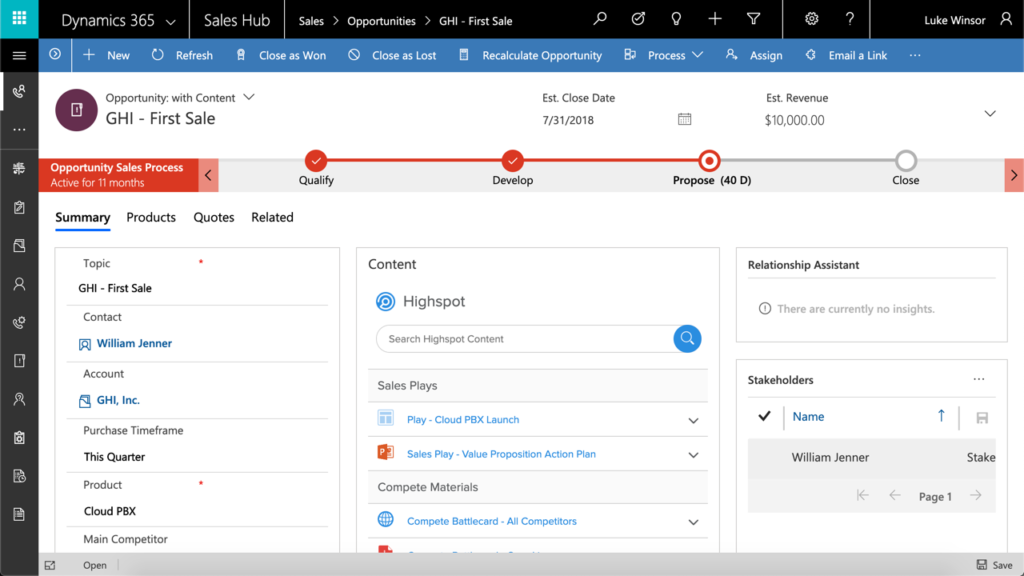

Microsoft Dynamics is a comprehensive business management software solution from Microsoft. This article will provide a comprehensive overview of Microsoft Dynamics and QuickBooks, highlighting their differences and similarities. Both provide powerful features and resources for businesses to manage their finances and operations. Microsoft Dynamics and QuickBooks are two of the leading accounting software solutions for businesses. Microsoft Dynamics vs QuickBooks: A Comprehensive Overview

QuickBooks pricing is based on a subscription model. Microsoft Dynamics pricing is based on a subscription model. QuickBooks offers numerous third-party integrations. Microsoft Dynamics can be integrated with other Microsoft products. QuickBooks offers basic customer relationship management capabilities, including invoicing and contact management. Manage customer relationships, including sales, marketing, and customer service. QuickBooks offers reporting and analytics capabilities, including financial and business performance reports.

Manage customer orders, including order tracking and invoicing.ĭynamics leverages Microsoft’s Power BI to provide powerful analytics and reporting capabilities. Manage sales orders, purchase orders, and customer orders. Track and manage inventory, including barcoding, serialized inventory tracking, and asset tracking. Track and manage inventory, including barcode scanning, serialized inventory tracking, and asset tracking. Manage core accounting functions including accounts payable and receivable, budgeting, and financial reporting.


 0 kommentar(er)
0 kommentar(er)
